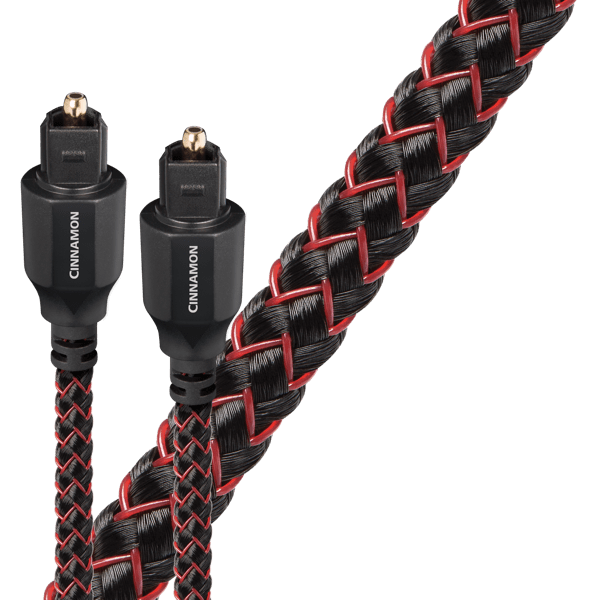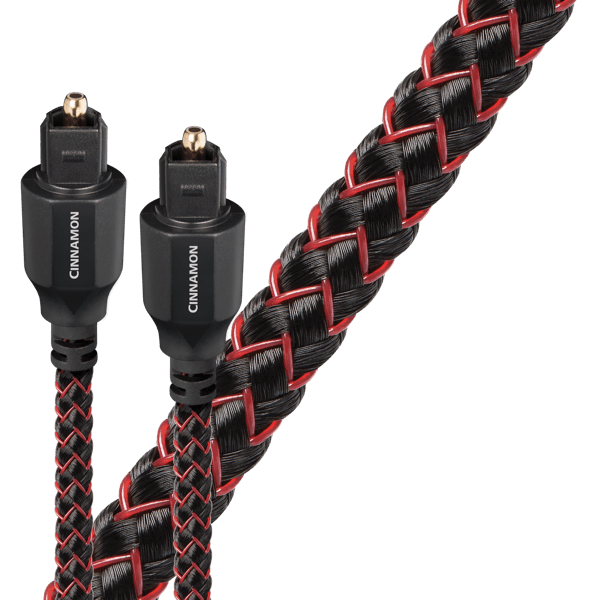STELLAR AudioQuest Cinnamon Optical
STELLAR AudioQuest Cinnamon Optical
Optical may not transfer your highest resolution signals with complete efficiency, but it is a ubiquitous interface in the world of video and home entertainment, which cannot be ignored. AudioQuest Cinnamon optical, connecting your 2-channel Stellar system to a television or cable-box, brings new life to movies and television programs.
Imperfections in standard optical fiber scatter the light information, leading to sound with less clarity and a need for more error correction The superior fiber and finely polished optical interface of AudioQuest Cinnamon fiber-optic cable avoids these problems.
Regular price
$100.00 USD
Regular price
Sale price
$100.00 USD
Unit price
per
Shipping calculated at checkout.
Couldn't load pickup availability

TALK TO A HI-FI SPECIALIST

-
Design
-
Application
Technology



